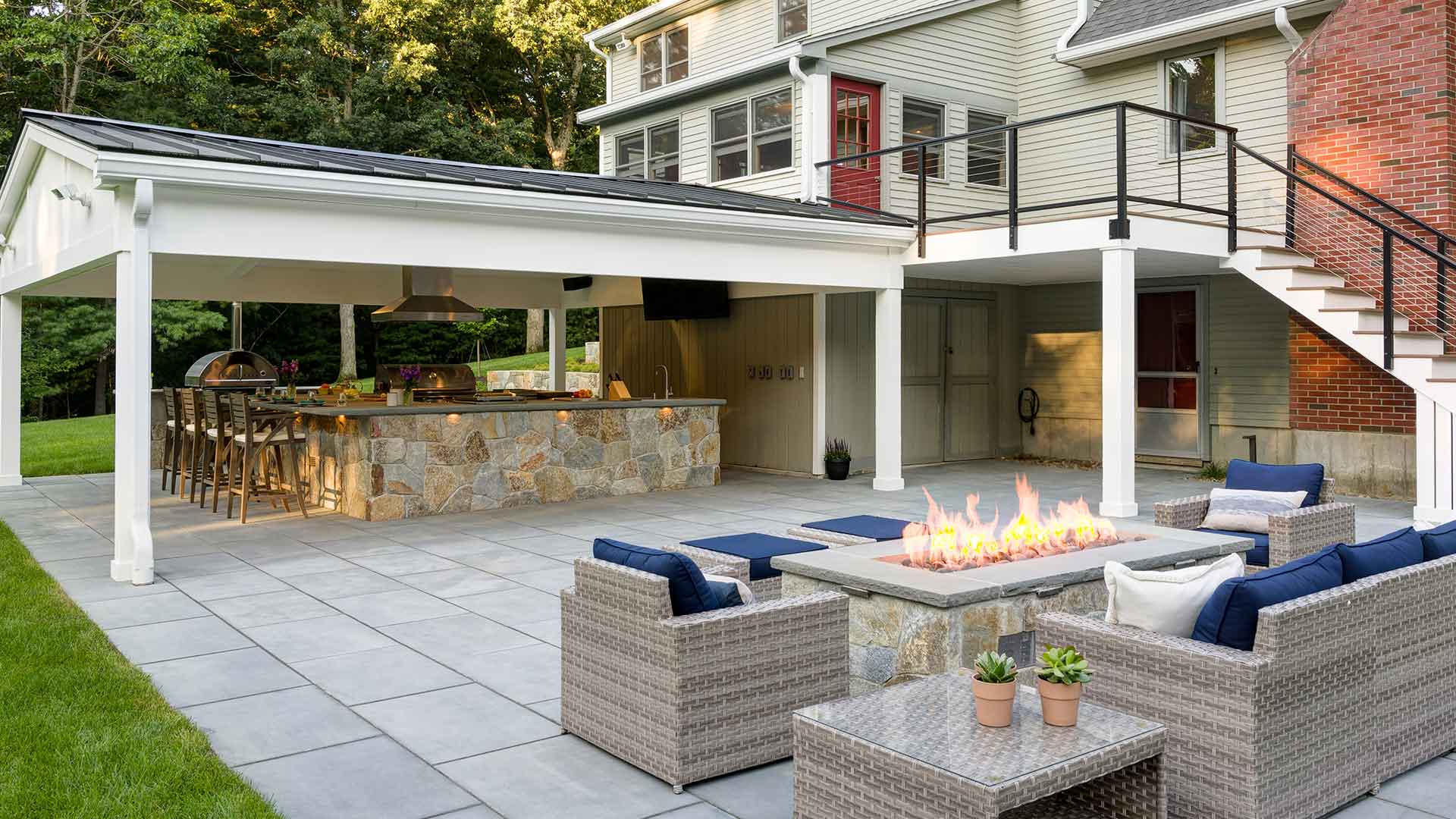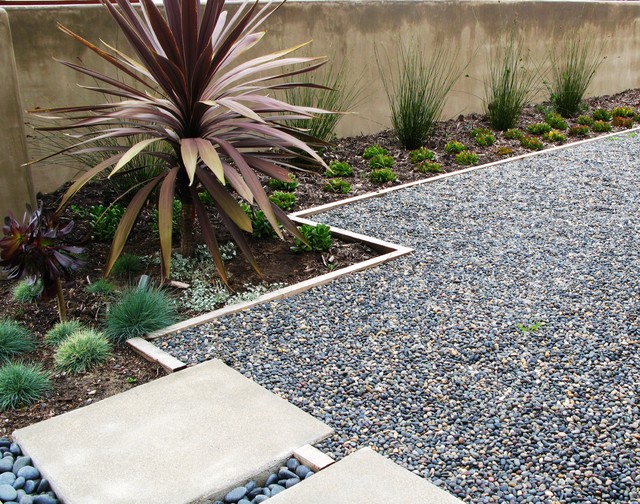4 Easy Facts About Landscapers Explained
4 Easy Facts About Landscapers Explained
Blog Article
An Unbiased View of Landscapers
Table of ContentsThe Ultimate Guide To LandscapersNot known Factual Statements About Landscapers Unknown Facts About LandscapersLandscapers Fundamentals ExplainedAbout Landscapers
- A tree or bush (shrub) that loses its fallen leaves in winter months. In the PNW there are semi-deciduous or semi-evergreen plants that might lose their fallen leaves depending on exactly how cold the winter season is. Abelia and some hebe are fine examples. Landscapers. - A level event space, made from wood or composite material (made to look like timber), normally nearby or connected to a structure.

- Granite that is weathered to the factor that it is an extremely fine accumulation. This is an all-natural procedure, and the outcome can be used for paths and patio areas. Disintegrated granite is often described as DG. It is specifically useful in contemporary landscapes. - Key landscape features being proposed in a landscape style plan.
Some Known Questions About Landscapers.
These objectives assist the style process, not the designer's design or choices. Common style objectives in Rose city are reduced upkeep, dry spell tolerant, and animal friendly. - Refine for eliminating or thinning the dead lower degree of a fully grown lawn. Thatch is lawn that has actually passed away and gathered below the eco-friendly blades.
Over time this layer can obtain really thick and make it hard for water, sun, and nutrients to obtain to parts of the grass.- The process of collecting and regulating the circulation of water on a residential or commercial property. This can be finished with grading, French drains pipes, completely dry wells, permeable surfaces, sump pump, rain gardens, and a lot more.
Characteristic at the bottom of hills, with natural springtimes, or loaded with hefty clay have one of the most drainage issues.- A sluggish feeding irrigation system that uses adaptable tubing and emitters to send out an exact quantity of water per plant. This is one of the most efficient method of irrigating plants. - The ability of a plant to endure without much summer season water.
- A yard function where water is represented by an aggregate stone product, usually a gravel or granite.- A stone or flagstone outdoor patio, course, or walkway constructed without a concrete base.
Landscapers Things To Know Before You Get This
- A stone keeping or free standing wall surface developed without using mortar. An extremely skilled mason is required for a dry stack rock wall. A lot of walls in Rose city are moist stacked, even if they seem. - An underground structure that collect water and allows it to reduce percolate into the soil around it.
Landscape design that works with a websites' setting in both appearance and sustainability without adverse impacts to the environment. Edging you can try these out in the landscape is a line of separation that produces aesthetic interest in the yard by dividing one section from an additional segment. This can be aesthetic or practical, keeping one component (such as pea gravel) from getting combined right into another (like bark dirt).
Locations can likewise sense of "room" offered by trees, other plantings, fences, or displays. The landscape near the entrance to a structure. A tree, hedge or vine, trained to expand on a wall or fencing into a specific pattern. Specifically valuable for fruit trees, making it simple to collect the fruit and having mess.
A plant that is not indigenous to the place where it will be planted. Thicker click here for more info bladed lawn lawn that spread out using rhizomes.: The degree of dirt on your property before bark dust or garden compost is spread.
Landscapers - Questions

The objective, reason, or original site activity that an area is be landscaped for. Area for expanding plants for seeing, eating, or physical task.
Low plants that are permitted or motivated to spread over a location. Can refer to any type of "difficult" garden aspects including statuary or stones however most generally is made use of to refer to courses, patios, and walls.: Height distinction between the degree of water in a pond (or the level of the pump if it sits outside the fish pond) and the top electrical outlet of water which impacts performance of the water pump in gph (gallons per hour).

The Buzz on Landscapers
A more unwinded garden controlled by curved as opposed to straight bed lines and a less stiff framework. Traditional PNW landscapes are casual. A plant that spreads out more than preferred, or into environments where it does damage. Rose city has a checklist of intrusive plants that should not be installed in landscapes due to the fact that they can spread out to forests or waterways and be difficult to control.
Smart irrigation controller evaluations and referrals here. 2-D rendering of the suggested watering system. Can consist of head placements and coverage, pipeline sizing, GPM specs, and products needed to mount this system. An irrigation plan is normally unneeded for houses yet prevails for industrial tasks. Accredited specialist that creates landscapes, schooled in engineering and design along with in horticulture.
The professional that intends and establishes landscape tasks, typically at a residential or tiny industrial level with the significant layout incentive on plantings. Landscape developers commonly have less education than Landscape Architects and are not certified. A finished landscape layout, detailing all components for the new landscape. This usually takes the form of a drawing theoretically.
A water limited HDPE product used below fish ponds, streams and waterfalls in water functions. Utilizing numerous plantings of the same variety to fill up in an area in the landscape.
Report this page